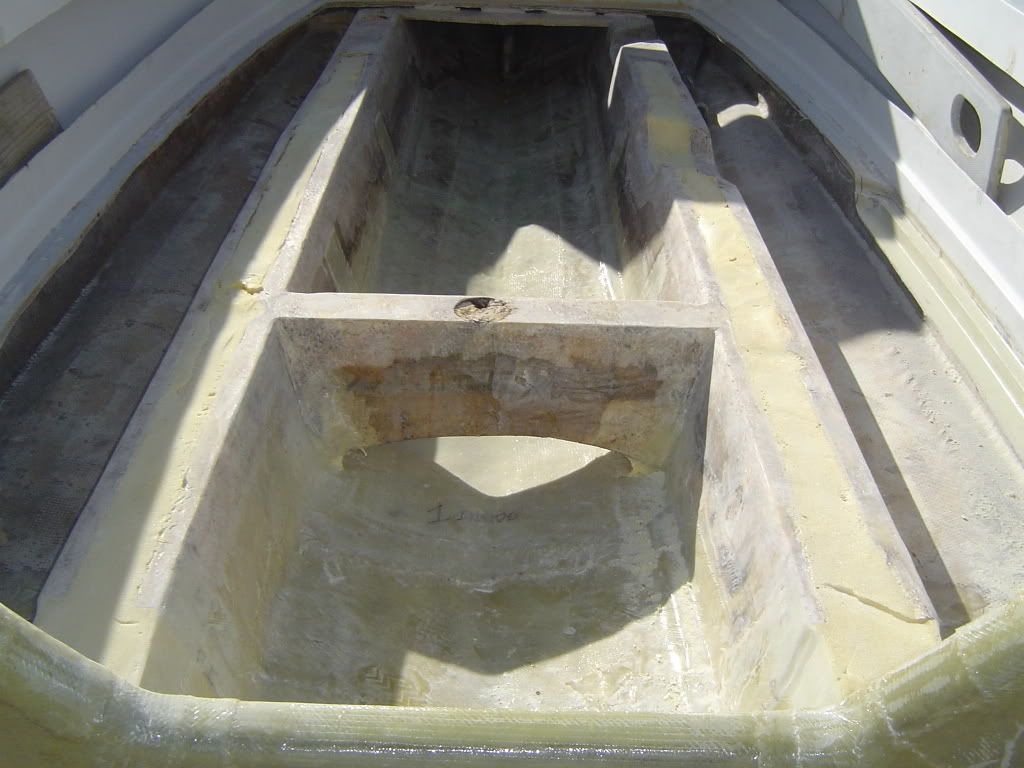Originally posted by panasonic
View Post
Well, if it's strong enough to be a stringer, epoxying pieces to it (the bigger the better-more surface area), would be the way to go...







Comment